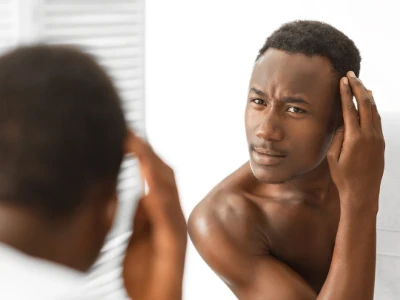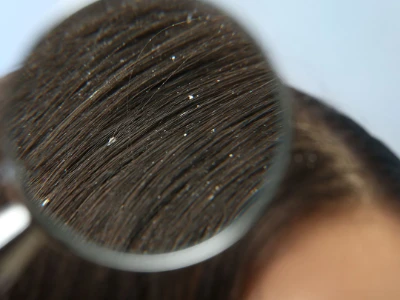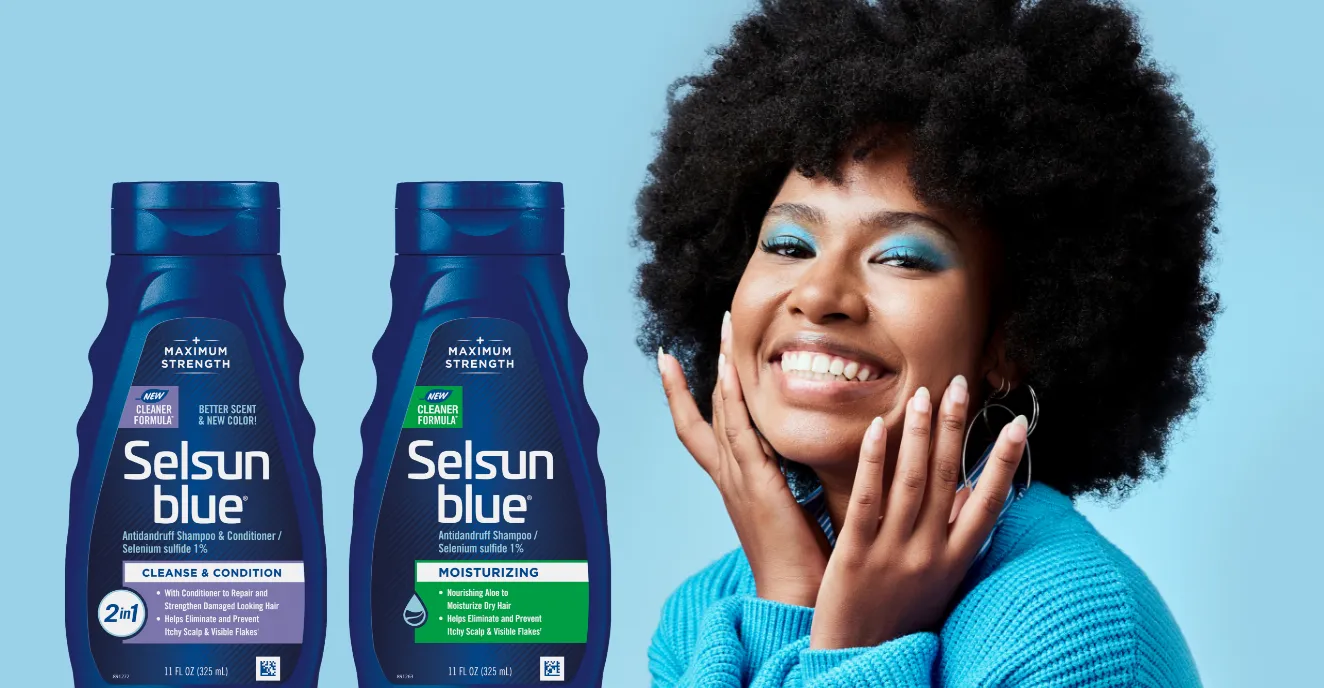Why do I have dandruff?
1:50 MINUTE READ TIME

About 11% of the population suffers from seborrheic dermatitis — commonly known as dandruff when present on the scalp. So if you’re experiencing symptoms like itchy, dry scalp, irritation, and flakes, you’re not alone. Many perfectly healthy people suffer from dandruff — although maintaining certain healthy habits can help lower your susceptibility.
So what causes dandruff?
Dandruff is a common, non-contagious scalp condition that occurs when skin cells cluster together and create white or yellowish patches on the scalp. It’s a type of seborrheic dermatitis that’s generally caused by an overproduction of oil on the skin, or by the overgrowth of a naturally occurring fungus (Malassezia) that’s found in the skin’s oils.
Who’s most likely to get dandruff?
Though it’s not limited to these groups, you’re more likely to get dandruff if you:
- Are male
- Are caucasian
- Are aged 30–60
- Have naturally oily skin
- Have a history of skin disorders, such as psoriasis or rosacea
- Suffer from autoimmune disorders or neurological conditions
- Have close family members with dandruff
Common dandruff triggers
If you’re susceptible to dandruff, it can be triggered or intensified by:
- Cold, dry weather
- Oil and product buildup
- Heavy alcohol consumption
- Alcohol-based skin and hair products
- Stress
- Certain prescription medications
Treatment
Dandruff is commonly treated by anti-inflammatory or antifungal topical medications, like over-the-counter antidandruff shampoos. For more serious cases, or if your symptoms don’t respond to over-the-counter products, your doctor may prescribe an alternative.
Controlling and preventing the recurrence of dandruff symptoms can require ongoing care. So even after your symptoms have subsided, make sure to keep Selsun blue® shampoos on hand — and keep dandruff flare-ups in check.
Antidandruff
.webp)







